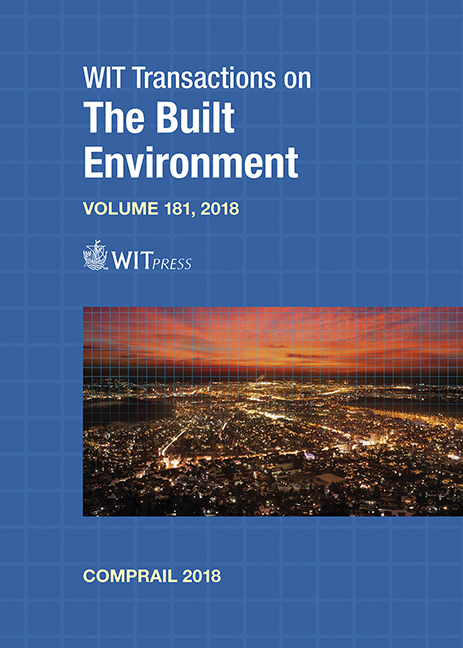THE CONCEPT OF “RISK RANKING – PRIORITISATION MATRIX” METHOD AND ITS APPLICATION FOR PRIORITISATION OF THE NON-COMPLIANCE RAIL ULTRASONIC TESTING TRACKS
Price
Free (open access)
Transaction
Volume
181
Pages
11
Page Range
353 - 363
Published
2018
Size
356 kb
Paper DOI
10.2495/CR180321
Copyright
WIT Press
Author(s)
RALPH ZHANG, HELEN WU
Abstract
Rail internal failure related derailments are a major class of derailments costing, within Australia, efforts have been made to minimise service failures and risk of derailments, through more often and more effective ultrasonic testing. The major Australian railway authorities such as Sydney Trains and ARTC have issued explicit regulations of the schedules for a continuous search for internal rail defects. These regulations provide a minimum guideline for test frequency scheduling, and some railway corridors test more frequently to minimise the probability of service defects (broken rails) occurring, thus minimising the risk and cost of derailment. However, due to the availability of the possessions or traffic planning reasons, as well as the capability and/or breakdown of the ultrasonic testing vehicles, the planned rail testing work cannot be finished within the schedules and overdue was happened. The non-compliance rail ultrasonic testing track sections have left high risk of rail broken and derailments, which is a critical issue and must be processed by additional rail testing works in a very short time frame. Within this paper a newly developed “Risk Ranking – Prioritisation Matrix” method is presented. This method has been successfully utilised for the risk assessment and prioritisation of the non-compliance rail ultrasonic testing track sections since 2017 within Sydney Trains’ Network.
Keywords
risk ranking, prioritisation matrix, non-compliance, rail, ultrasonic testing





